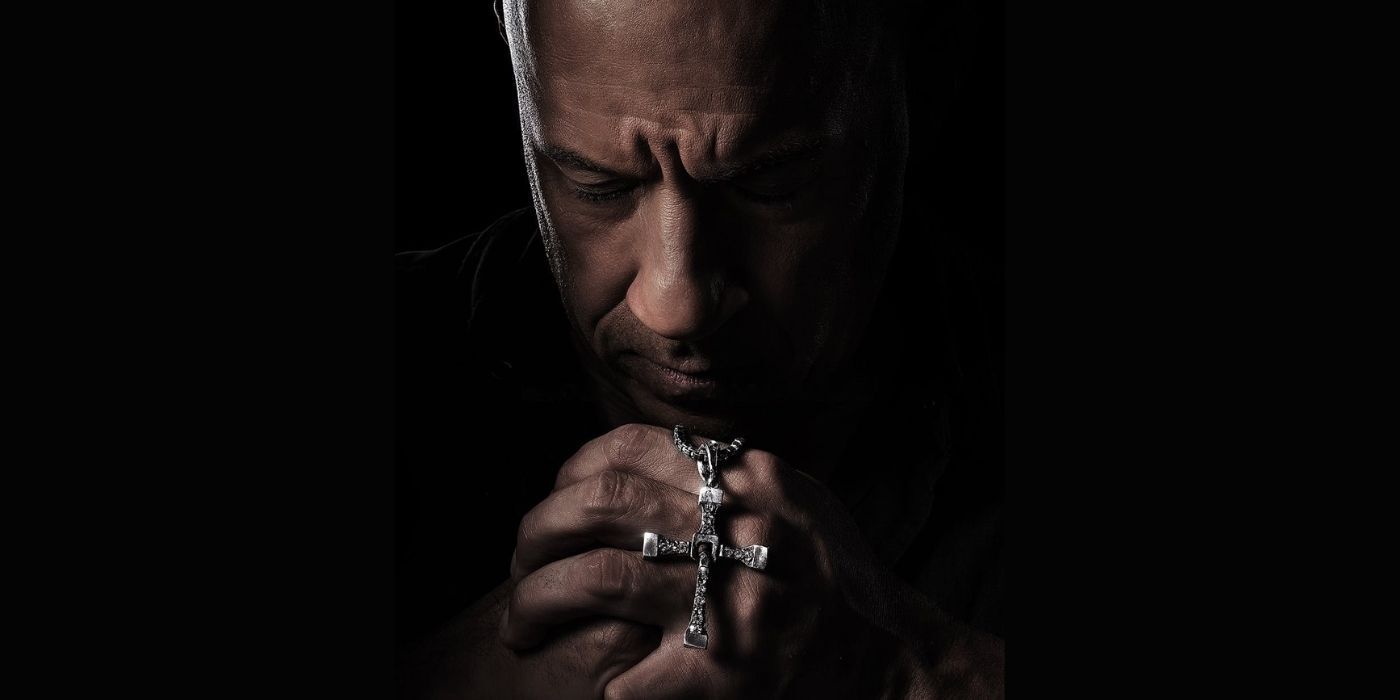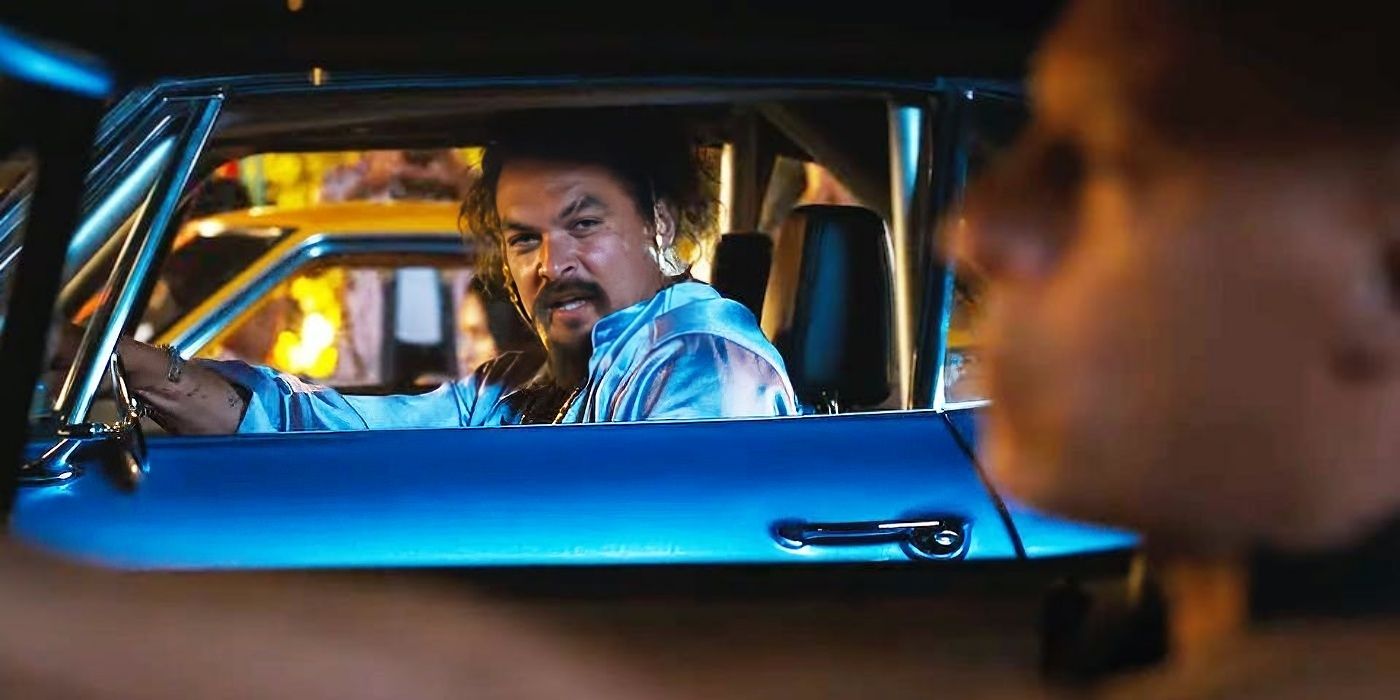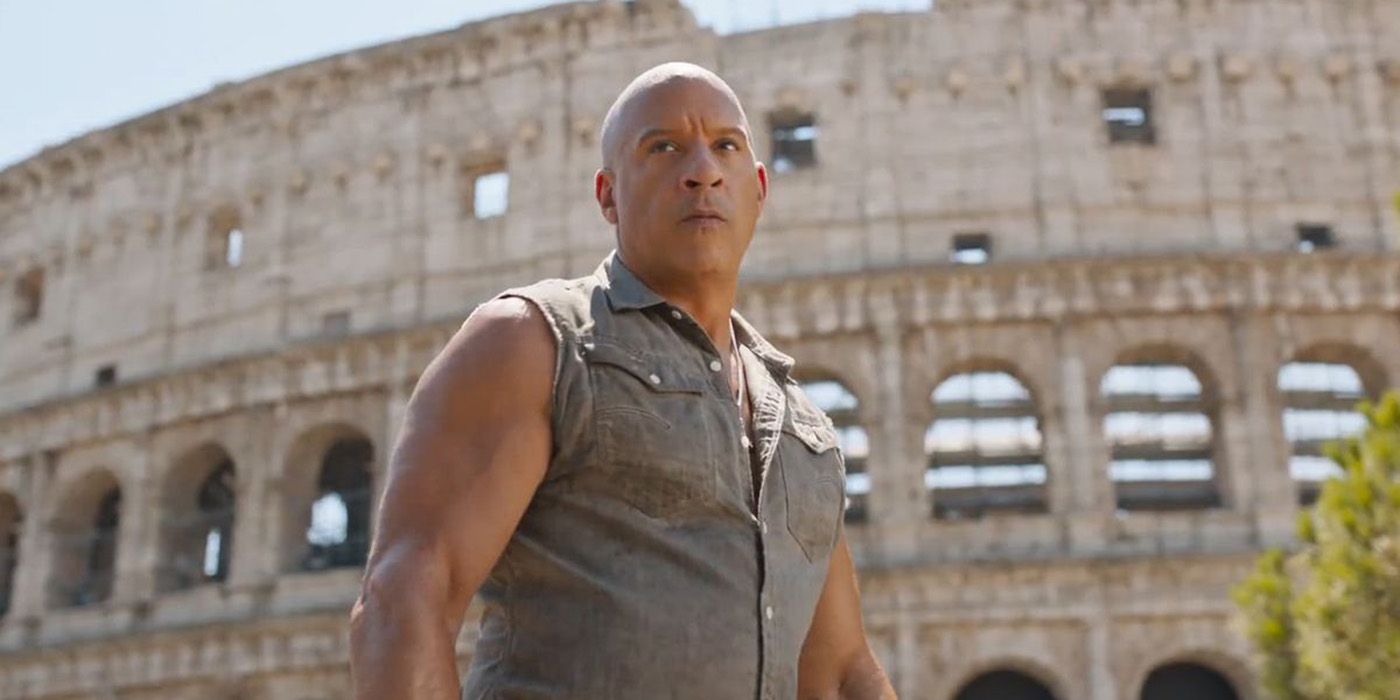Warning: The Following article contains spoilers for Fast X.Fast X has raced into theaters, and while the franchise’s popularity has softened somewhat in the US, it is still incredibly popular across the globe. Fast X was filmed and designed as a two-part story, with the story leaving audiences on a gigantic cliffhanger. The idea is that the next movie, the 11th installment of the Fast and Furious film series, would be the franchise’s grand finale. However, star Vin Diesel gained a great deal of attention when he revealed at the film’s world premiere in Rome that after seeing the movie, Universal Pictures asked if they could change the two-part finale of the Fast & Furious film series into a three-part trilogy. Diesel stated, "Going into making this movie, the studio asked if this could be a two-parter. And after the studio saw this one, they said, 'Could you make Fast X, the finale, a trilogy?'" Franchise veteran and co-star Michelle Rodriguez also noted, "It’s three acts in any story." So what gives? Was Diesel serious here? Is Universal considering transforming the finale of Fast X into a three-parter instead of two? While the concept Diesel stated is not unprecedented, and Universal has yet to confirm his comments, the Fast & Furious franchise should avoid making the Fast X finale a three-part adventure.
'Fast & Furious' Is Starting To Run Out of Gas
Looking back, it’s almost easy to forget that the Fast & Furious film franchise originated in 2001 with the first hit film, The Fast and the Furious. By the third entry, Fast & Furious: Tokyo Drift, most of the original actors had exited the franchise. It was starting to resemble a once big-budget film series that should be relegated to direct-to-video bargain bins due to low-quality sequels where many of the original players were MIA. Filmmaker Justin Lin revamped the whole franchise and gave it a much-needed shot in the arm with 2009’s Fast & Furious, with most of the actors from the first film back and reprising their roles. And most of all, the film’s original stars Diesel and Paul Walker were both back onboard. Lin’s success continued with Fast Five and Fast & Furious 6, and the franchise’s box office and popularity skyrocketed. The franchise hit the peak of its momentum with Furious 7 in 2015, which was also the last appearance featuring the late Walker as Brian O’Connor. The film was well-liked by audiences and praised by critics as well, grossing over $1.5 billion worldwide and $353 million in domestic ticket sales. The franchise grew not only in size and popularity but also in scope. Also, Fast & Furious notably evolved from the original premise about street racing thieves to making the thieves into big-time, world-saving action heroes.
However, in recent years, the franchise has begun to see a decline. Since its peak in popularity with Furious 7, box office results have been sliding. Some of that can be partially blamed on the pandemic, but it also appears that audience enthusiasm for the franchise is starting to wane. Fast X had a domestic opening weekend box office gross of $67 million, which is even lower than the $70 million opening weekend for F9: The Fast Saga in 2021. To put things into perspective, Fast Five brought in $86 million for its opening weekend and that was back in the spring of 2011. The returns on the franchise are noticeably diminishing, and Fast X was unable to generate much of a spark to give Dominic Toretto and the Family a much-needed shot in the arm.
While Fast X is performing well at the overseas box office, there is also the issue of rising budgets to consider. Fast X has a reported production budget of about $340 million. That doesn’t include prints and advertising. A big-budget blockbuster tentpole likely costs at least $100 million to market the picture, especially for a large global release. In other words, sequels to Fast X will not be cheap, and their box office grosses are diminishing. That would suggest that the budgets of this franchise are becoming so huge, it will be much harder for future installments to break even and yield a higher profit margin for the studio. Considering the major reveals of Fast X, and the returns of Dwayne "The Rock" Johnson and Gal Gadot to the franchise, that doesn’t bode well to keep costs and budgets for down for two more hypothetical sequels. Even if the return of The Rock as Luke Hobbs and Gadot as Gisele Yashar drive up interest for the next movie, it will not be cheap to have them back in the mix for a Fast & Furious sequel.
The Danger of Turning 'Fast X' Into a Three-Parter
If the Fast X finale suddenly becomes a three-part story, it becomes incredibly risky, especially at a time when the franchise’s audience is starting to see its patience wearing thin. Turning this into a three-parter could seriously backfire. One instance where a studio and franchise opted to transform a duology into a trilogy that backfired was The Hobbit film trilogy. The Hobbit was J.R.R. Tolkien’s prequel to his The Lord of the Rings book trilogy, which was already successfully adapted into a very successful film trilogy by Peter Jackson. The final installment, The Return of the King, was a smash hit at the box office, and the film won 11 Academy Awards including Best Picture.
When the time finally came to adapt The Hobbit into a film, it was originally thought to be a two-part story. Even that is pushing things a bit. The Hobbit book was considerably shorter than any of the books in The Lord of the Rings trilogy. However, during production, the studio opted to expand the films into three movies rather than two. What was originally conceived as a two-part duology transformed into a three-part film trilogy. The films were fairly successful financially, but the reception of the films did not come close to the original Lord of the Rings trilogy. The response from fans and critics to The Hobbit trilogy was largely mixed to negative. The story was expanded into three films in a way that did not work out very well.
Other successful films that later became franchises or trilogies were never designed as such. Robert Zemeckis and Bob Gale never planned for Back to the Future to become a film trilogy, but the first film was so successful that it transformed into a three-part trilogy and multimedia franchise. However, the third film was less successful than the first two. The Pirates of the Caribbean is another example of a successful film that became so popular and hit so well that multiple sequels were made. However, the Pirates franchise also saw a decline in both quality and box office in its latest entry for the film series' pentalogy. The danger of any franchise is that no studio will want to stop making films as long as they continue making money; quality be damned. Now, the Fast & Furious series is falling into that trap, and both the quality and the box office results are starting to decline. There is not enough gas in the tank left to make the franchise finale a three-part trilogy.
The Benefit of Making 'Fast & Furious 11' the Finale
If Universal opts out of making the story that began in Fast X as a three-part trilogy, they would have the benefit of marketing the next installment as the planned finale. The marketing campaign can also focus on the highly-anticipated returns of Hobbs and Gisele. At least the film would benefit from its marketing as the conclusion of the franchise to drive up ticket sales. The focus of director Louis Leterrier, Diesel, and the rest of the cast and crew should then focus on ending the franchise on a high note rather than a whimper.
Universal has not clarified nor commented on Diesel's statements at the premiere. It's very possible Diesel was simply trying to drum up interest in making the finale a three-parter, or perhaps he just merely made an outlandish statement. The untitled sequel to Fast X is currently in the works, amid an ongoing labor strike by the Writers Guild of America. It’s expected to release in 2025, but the possibility of strikes by the acting and directing unions could potentially cause future delays in the upcoming prospective sequels' production pipelines. Fast X is out now in theaters.



